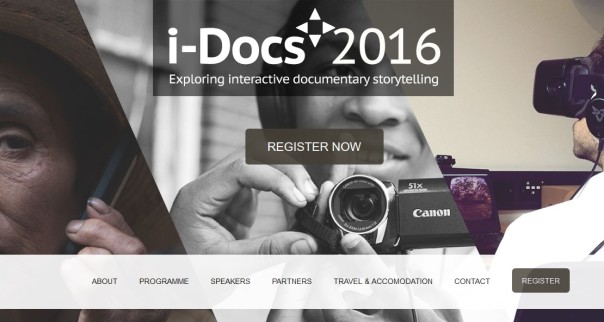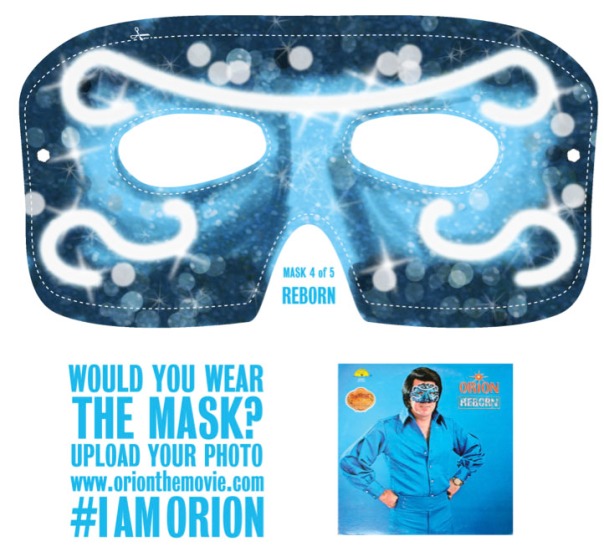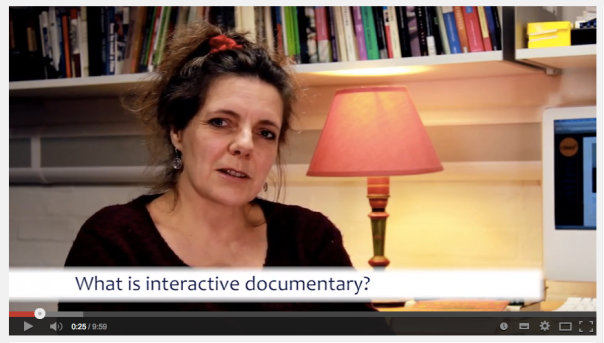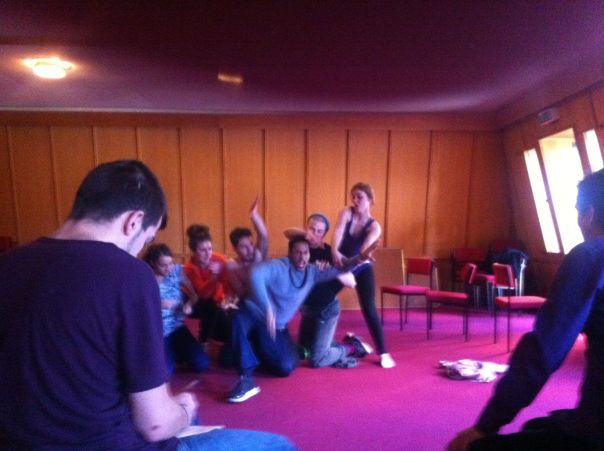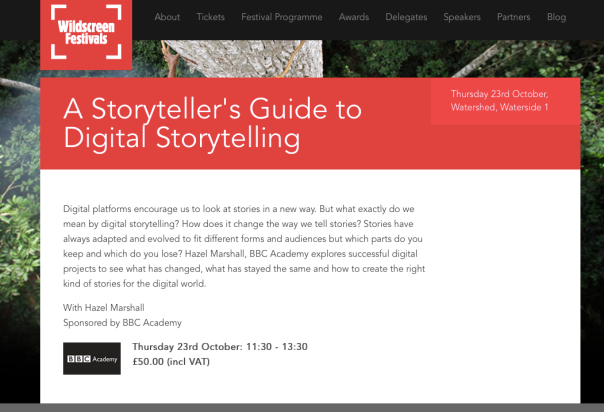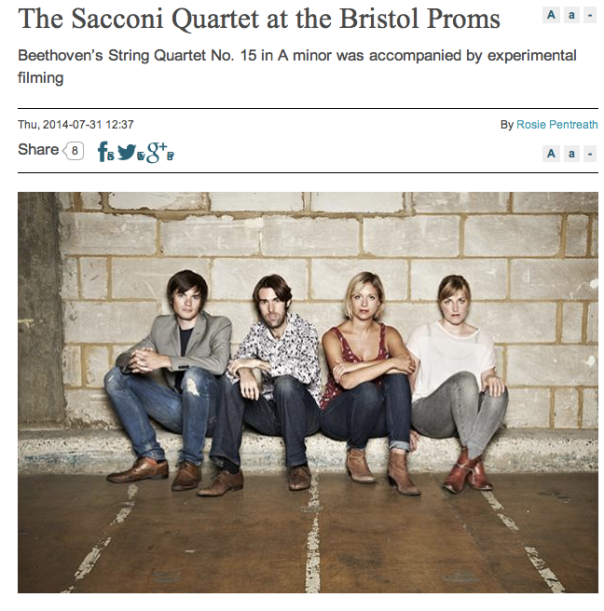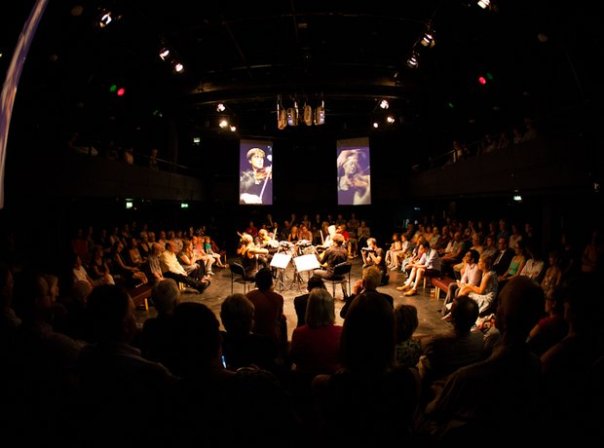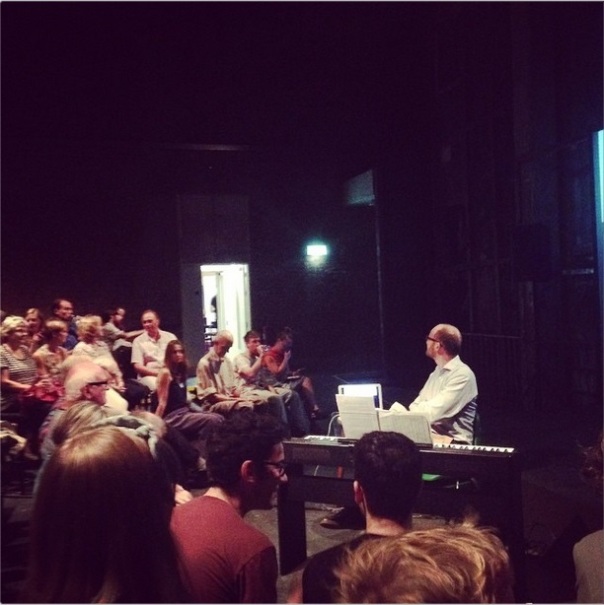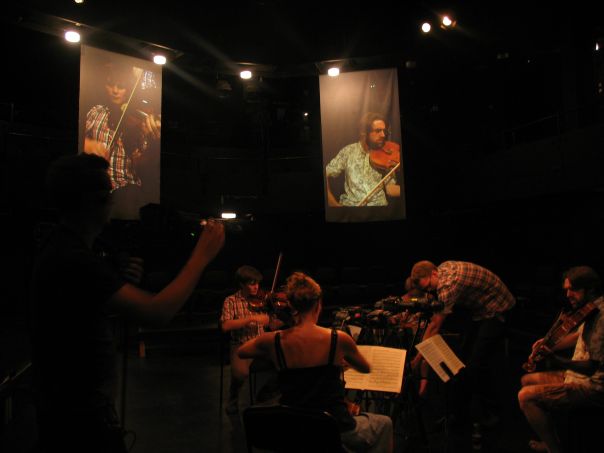‘Theatre Within a Theatre’ is the multisensory artwork which I created for the Bristol Old Vic’s 250th anniversary year.
It was displayed at the RWA, Bristol as part of their Centre Stage exhibition. The artwork consisted of a to-scale model of the theatre, complete with stage, proscenium arch and seating. The picture here shows one of nine peepholes, designed to give glimpses of the stage and auditorium from various vantage points. On looking through them, viewers were rewarded with projections of recent shows, along with footage of actors warming up and of stage hands taking sets down at the end of a show’s run. On the outer walls of the gallery were archival projections of the theatre, footage of life backstage and recordings of shows as seen from different sightlines within the theatre.
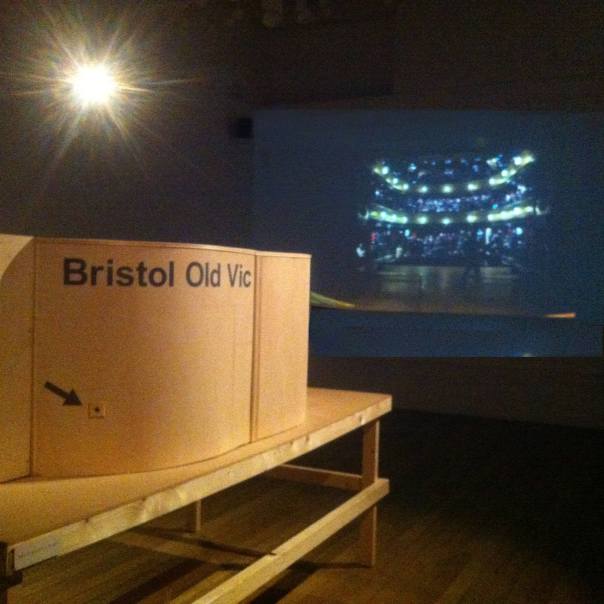
The piece played on a fifteen minute audio loop, to reveal more about the history of the theatre and what makes it such a special place to play in. This was top and tailed by quotes from Peter O’Toole in which he says that ‘this is loveliest theatre in the world’ and ‘if you can’t do it here, then you can’t do it’. I worked with a model maker and a filmmaker to create this piece. To add to the mood, we used theatre lights, which came up during backstage mode and went down during show state. I also used the aroma of greasepaint to evoke the atmosphere of life backstage. The artwork was on show for six weeks, with visitors responding well to the sense of magic that I had been aiming to create.
Here’s the link to the interview I gave about the project and the collaborative processes behind it’s creation: https://rwabristol.wordpress.com/2015/12/18/interview-judith-aston/
